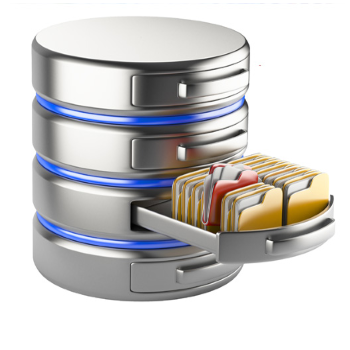
Five Database Requirements for Digital Transformation
Data is the lifeblood of modern businesses. Some people call data the newest “natural resource” or the “new oil.” Business executives across every industry have come to realize that data is critical to allowing them to run their organizations effectively and efficiently. They have also come to realize that older methods of managing data are no longer sufficient. The amount of data that companies need to deal with, the speed at which new data is being generated or new data sources are being added to their analyses, and the many different types of data that are being used have overwhelmed the previous generation of data management tools.
Digital transformation is a competitive requirement for companies. Originally, digital transformation meant moving from analog to digital systems. Most companies have already done that, and their operations are primarily digital. Today, the term digital transformation has evolved to mean something more. From an IT standpoint, it refers to the continuous modification of IT systems to take full advantage of the state-of-the-art in technology. From a business perspective, it means delivering more engaging customer experiences — where technology plays a key role.
Digital transformation has become a priority for many enterprises as a way to avoid becoming irrelevant by another brand’s digital disruption. We have all read the stories about how Uber, Airbnb, Netflix, and others have used emerging technologies to create new business models and disrupt their respective markets. Companies can either face disruption from a new or existing competitor or transform themselves to stay relevant and grow market share — and perhaps cause some disruption of their own.
The primary driving force today for such transformation is the cloud. Some aspects of IT are woefully outdated, such as databases. Many enterprises continue to use the same database they’ve been using for the past 10 to 20 years, trying to morph that database into a modern tool through new deployment models such as the cloud. That has proven to be a losing proposition — what is needed is a database designed and developed from the ground up to have several critical characteristics, including:
- Global scale, cloud-readiness
- Mainframe-class consistency and reliability
- Operational simplicity
- Flexible development
- Uncompromising security
Global Scale, Cloud-Readiness
One of the biggest transformational challenges facing enterprises today is the movement from on-premises computing to cloud computing.
Consider traditional relational database systems. They were great for running a company’s financial systems — think of SAP or Oracle Applications ERP systems running on an Oracle or IBM database on a mainframe located at the company’s headquarters. They worked well when all of the interactions with those systems were coming from employees at headquarters. Today’s enterprises have gone global, with employees, partners, and (particularly) customers accessing systems around the globe.
The latest phase of digital transformation centers on the cloud. Companies are moving from centralized or regional data architectures to truly global architectures and the foundation for those are the cloud — whether public, private, or a hybrid. Successfully implementing a cloud architecture is not about taking centralized applications and putting them on AWS, GCP, or Azure. Applications and databases designed for on-premises use do not migrate easily to the cloud. The apps and databases need to be designed and written from the ground up to run in the cloud.
